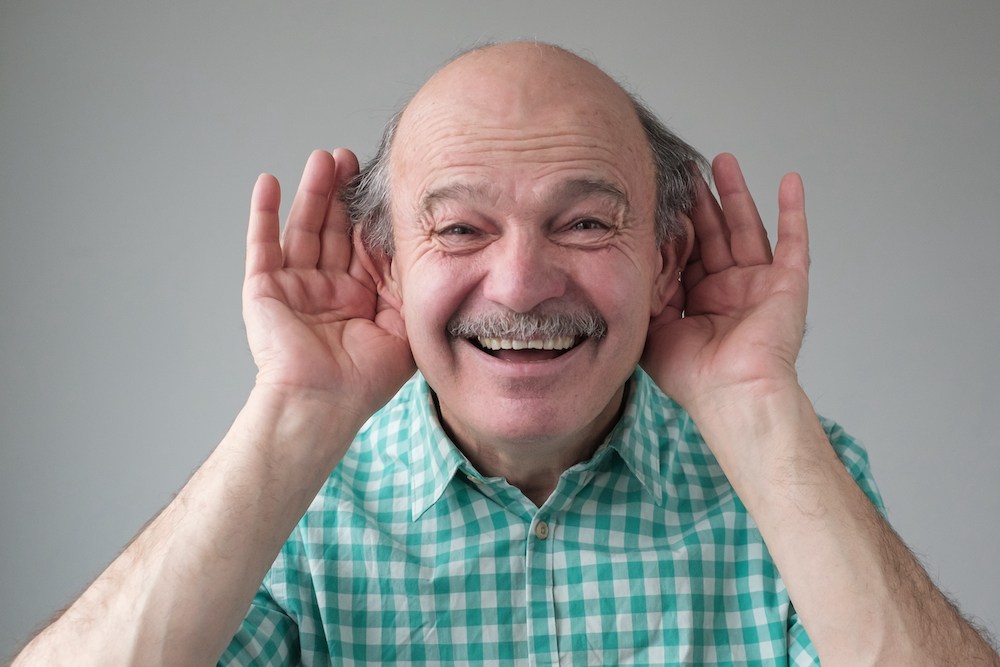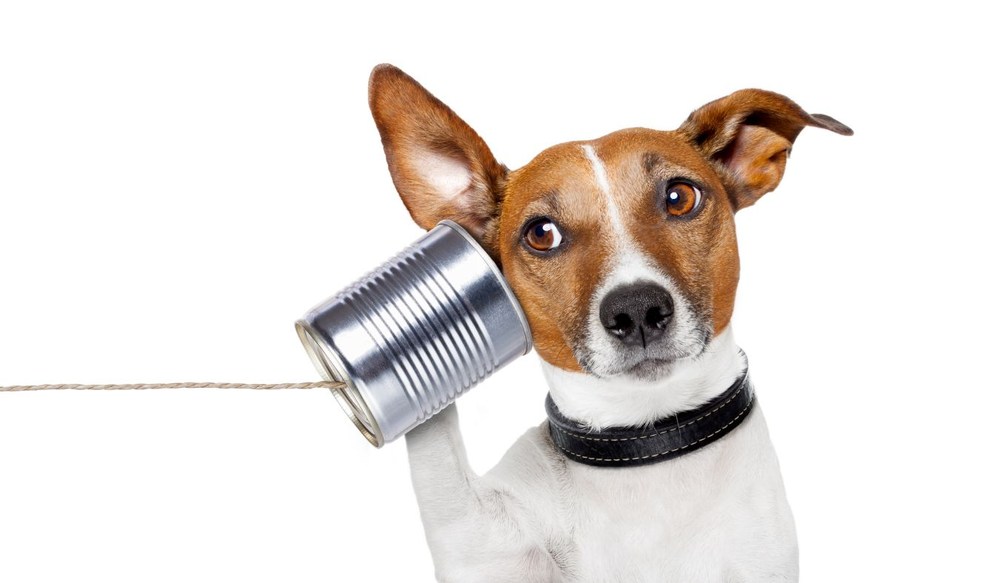Why Two Hearing Aids Are Better Than One
When people start to experience hearing loss, a common question is whether


When people start to experience hearing loss, a common question is whether

Hearing loss often develops slowly, making it harder to notice right away.

Background noise has always been one of the biggest challenges for people